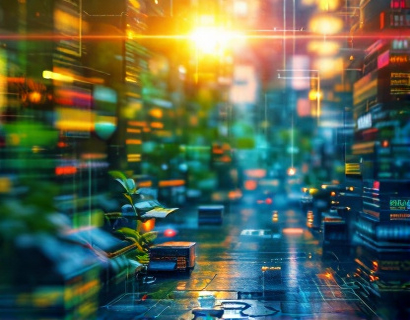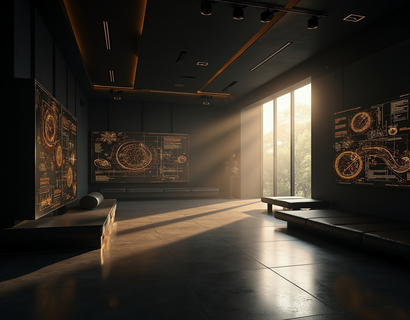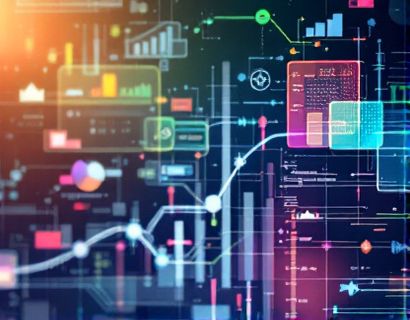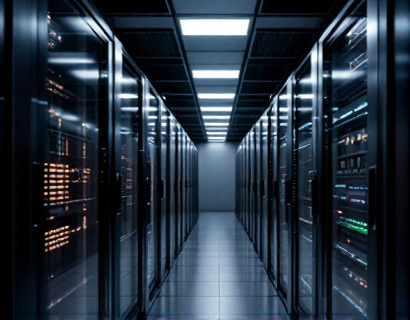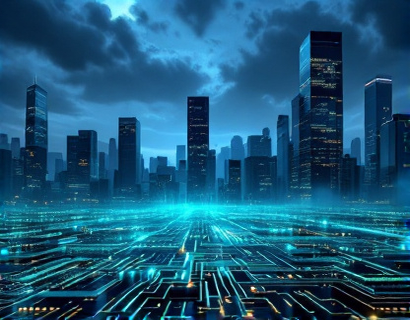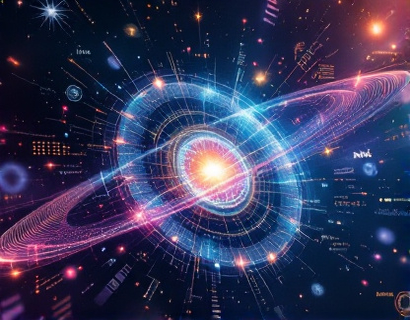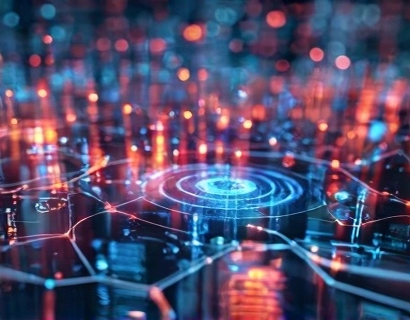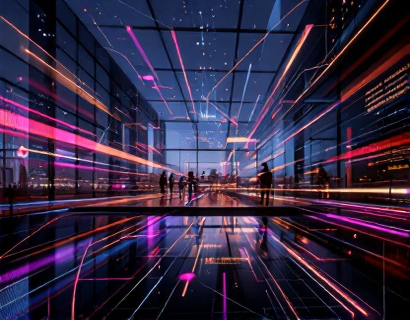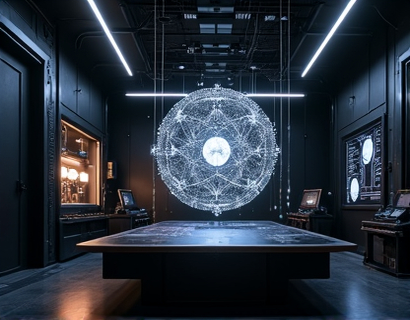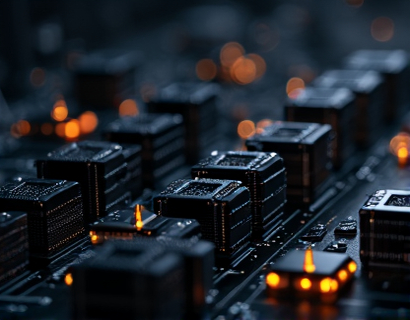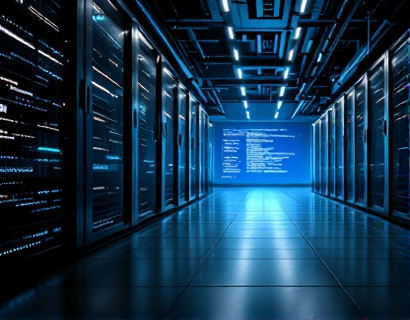Maximize Your Indoor Garden: Cutting-Edge Tech for Optimal Solarium Ecosystems
In the realm of indoor gardening, the integration of cutting-edge technology has revolutionized the way enthusiasts cultivate plants within the confines of their homes or dedicated spaces. The modern solarium, once a simple room filled with plants, has evolved into a sophisticated ecosystem where light, climate, and automation converge to create an optimal environment for plant growth. This article delves into the advanced technologies that can transform your indoor garden, ensuring not only optimal growth but also sustainability and efficiency.
Understanding the Basics of Indoor Gardening Technology
To maximize the potential of your indoor garden, it's essential to understand the core components of a high-tech solarium setup. These systems typically include advanced lighting solutions, climate control mechanisms, and automation technologies. Each element plays a crucial role in creating a balanced and nurturing environment for your plants.
Advanced Lighting Solutions
Light is one of the most critical factors in plant growth, and indoor gardens often rely on artificial lighting to supplement or replace natural sunlight. LED grow lights have become the gold standard due to their energy efficiency, longevity, and ability to emit specific spectra of light that are most beneficial for different stages of plant development. Full-spectrum LED lights mimic the sun's light, promoting healthy growth, while blue and red spectrums can be adjusted to enhance vegetative or flowering stages.
Another innovative lighting technology is the use of smart LED panels that can be controlled via smartphone apps or smart home systems. These panels allow for precise adjustments in light intensity, duration, and spectrum, ensuring that your plants receive the exact lighting conditions they need, regardless of the time of day or season.
Climate Control Systems
Maintaining the right temperature and humidity levels is vital for the health and growth of indoor plants. Advanced climate control systems use a combination of sensors, actuators, and intelligent algorithms to monitor and adjust environmental conditions in real-time. These systems can control heating, ventilation, and air conditioning (HVAC) units, as well as humidifiers and dehumidifiers, to create a stable and optimal environment.
One of the key components of a climate control system is the use of thermostats and hygrometers that provide accurate and continuous monitoring. These devices can be integrated into a central control unit that automatically makes adjustments based on predefined parameters, ensuring that your plants always have the best possible conditions.
Automation and Smart Control Systems
Automation is the backbone of a modern indoor garden, streamlining the process of managing various systems and ensuring consistency in care. Smart control systems can integrate lighting, climate control, and even nutrient delivery into a single, user-friendly interface. These systems can be programmed to follow specific schedules or respond to real-time data, making gardening more accessible and efficient.
For example, an automated system can be set to turn on the lights at dawn, adjust the temperature and humidity throughout the day, and simulate a sunset with dimming lights. This level of control not only saves time but also helps prevent human error, ensuring that your plants receive the exact care they need.
Customizable Setups for Unique Needs
Every indoor garden is unique, with different plants having specific requirements for light, temperature, and humidity. Advanced technology allows for highly customizable setups that can be tailored to meet the individual needs of your plants. This personalization is key to achieving optimal growth and sustainability.
One approach to customization is the use of modular systems, where components such as lighting panels, climate control units, and nutrient delivery systems can be combined and configured in various ways. This flexibility allows gardeners to create a setup that perfectly matches the needs of their specific plants, whether they are delicate seedlings or robust flowering plants.
Sensor Technology and Data Analytics
Sensor technology plays a crucial role in creating a data-driven indoor garden. Sensors can monitor a wide range of environmental factors, including light intensity, temperature, humidity, CO2 levels, and even soil moisture. This data is then fed into a central system where it can be analyzed to provide insights and recommendations for optimizing plant care.
Advanced systems may include machine learning algorithms that learn from the data over time, making adjustments and predictions to further enhance plant growth. For instance, the system might detect patterns in plant stress and automatically adjust the environment to prevent issues before they arise. This proactive approach not only improves plant health but also reduces the risk of disease and pests.
Sustainability in Indoor Gardening
Sustainability is a growing concern in all aspects of gardening, and indoor gardens are no exception. Advanced technology can significantly reduce the environmental impact of indoor gardening by optimizing resource use and minimizing waste.
Energy-efficient LED lights consume far less power than traditional grow lights, and smart control systems ensure that lights are only on when needed. Climate control systems can also be designed to be highly efficient, using energy recovery systems and heat exchangers to minimize energy consumption. Additionally, automated nutrient delivery systems can precisely control the amount of water and nutrients given to plants, reducing waste and promoting healthier growth.
Water Conservation Techniques
Water is a precious resource, and indoor gardens can benefit from advanced water conservation techniques. One such method is the use of hydroponic or aeroponic systems, which deliver nutrients directly to the plant roots in a controlled manner, reducing water usage by up to 90% compared to traditional soil-based gardening. These systems can be integrated with sensors that monitor nutrient levels and adjust the solution as needed, ensuring optimal plant health while conserving water.
Another innovative approach is the implementation of water recycling systems. These systems collect and filter runoff water, allowing it to be reused in the garden. This not only conserves water but also reduces the need for frequent water changes, making the overall process more sustainable.
Enhancing Plant Health and Yield
The combination of advanced lighting, climate control, and automation technologies not only creates a comfortable environment for plants but also significantly enhances their health and yield. By providing precise and consistent conditions, these systems help plants grow faster, stronger, and more resilient.
For example, precise light management can increase photosynthesis efficiency, leading to faster growth and higher yields. Similarly, maintaining optimal temperature and humidity levels can prevent stress-related issues, such as leaf drop or stunted growth. The data-driven approach enabled by sensor technology and machine learning further refines these conditions, ensuring that plants are always in their ideal environment.
Pest and Disease Management
Pest and disease management is a critical aspect of indoor gardening, and advanced technology can play a significant role in preventing and addressing these issues. Smart monitoring systems can detect early signs of stress or infection, allowing for prompt intervention. Some systems even use UV light or other non-chemical methods to control pests, reducing the need for harmful pesticides.
Integrated pest management (IPM) strategies, supported by data analytics, can help gardeners make informed decisions about when and how to intervene, minimizing the use of chemicals and promoting a healthier garden ecosystem.
Future Trends in Indoor Gardening Technology
The field of indoor gardening technology is rapidly evolving, with new innovations on the horizon. One exciting development is the integration of artificial intelligence (AI) into garden management systems. AI can analyze vast amounts of data to provide personalized recommendations, predict plant needs, and even automate complex tasks with greater precision than current systems.
Another area of interest is the use of vertical farming techniques, which maximize space utilization and can be particularly beneficial for urban gardeners with limited space. Vertical gardens can be combined with advanced lighting and climate control systems to create highly productive and space-efficient growing environments.
Conclusion
By embracing cutting-edge technology, indoor gardeners can transform their spaces into high-tech oases that optimize plant growth and sustainability. Advanced lighting, climate control, and automation systems, combined with customizable setups and data-driven insights, create an environment where plants thrive. As technology continues to advance, the possibilities for indoor gardening will only continue to expand, making it an exciting and rewarding pursuit for enthusiasts of all levels.




